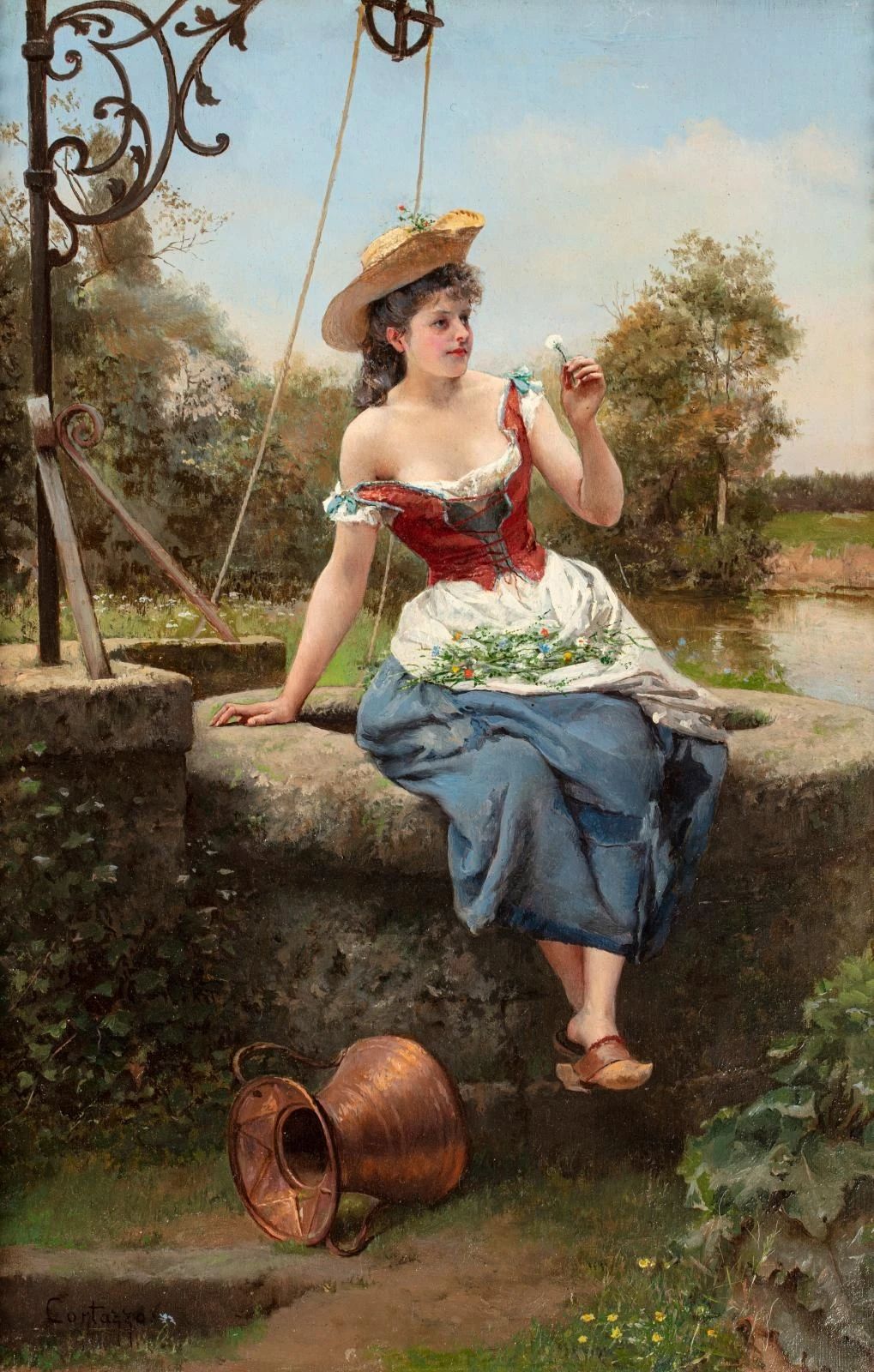Italian painter* Giampaolo Bianchi was born in Lucca (Tuscany) in 1947, a city where he lives and works at present time.
In 1972, at the age of 25, he participated to the tenth edition of the Quadriennale D'Arte di Roma that took place at the Palace of Congress in Rome.
He has had exhibits worlwide, Italy, France, Spain, Asia, Barhain, U.S. etc.







.jpg)
.jpg)











